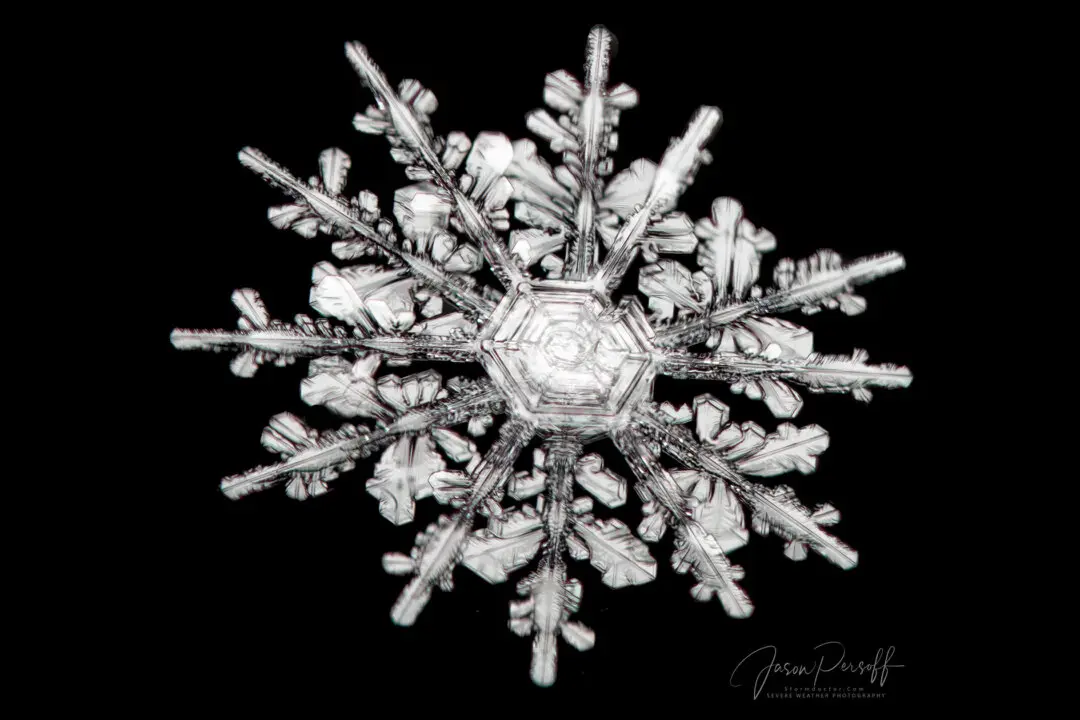Armed with camera gear and a single black sock, a Colorado man has amassed a mind-blowing photo series of magnified snowflakes that look so complex and perfect that it’s hard to believe they’re real.
Colorado-born and raised, 51-year-old “storm doctor” Jason Persoff is a father of three, a physician, and an associate professor of medicine at the University of Colorado Hospital. While photography is his passion and not his profession, Persoff is making waves.





